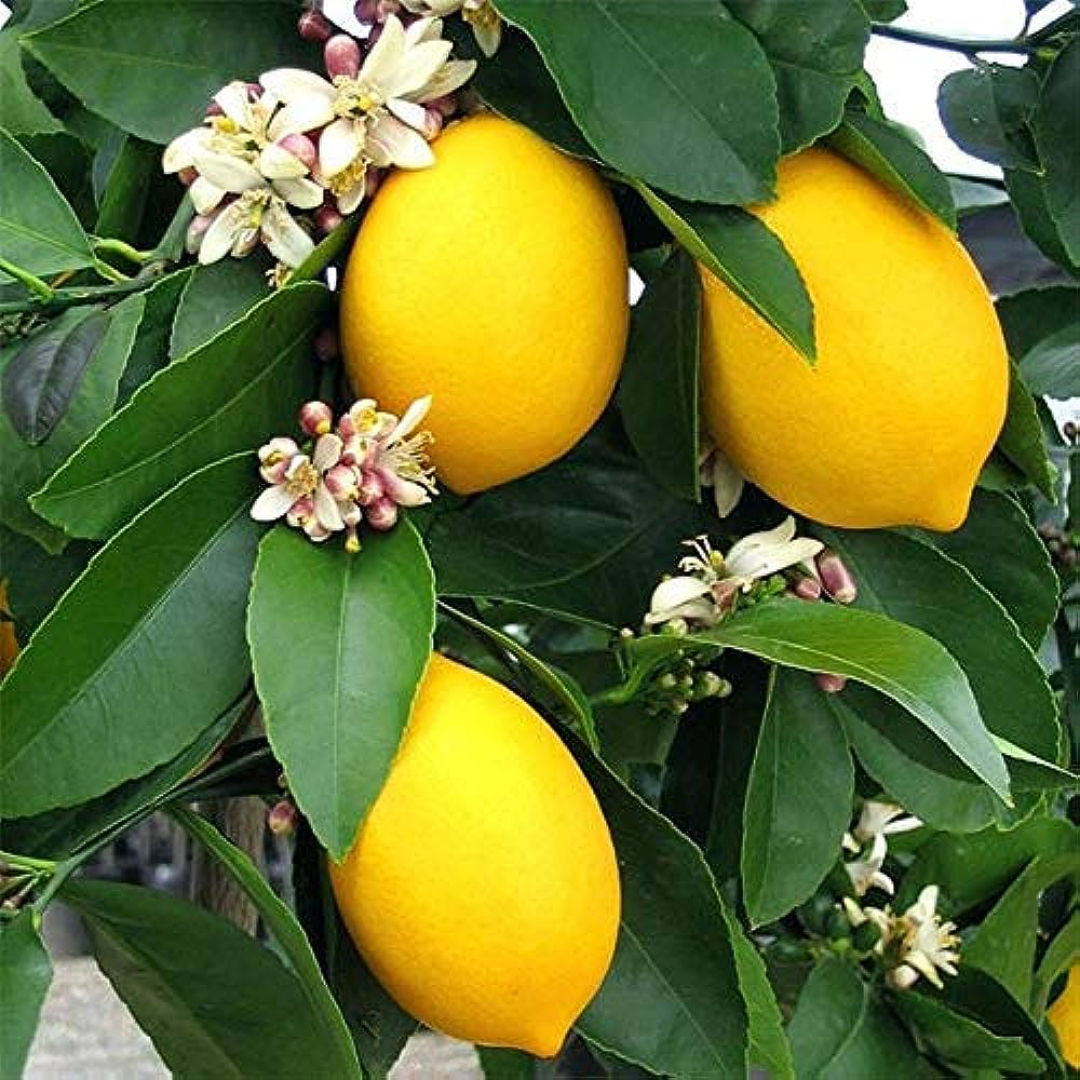Description
About Mango (Amrapali) Plant
The Amrapali Mango (Mangifera indica) is a renowned mango cultivar known for its deliciously sweet and aromatic fruit. Originating in India, it’s named after the famous courtesan Amrapali. The Amrapali mango tree bears medium-sized, oblong fruits with bright orange skin and vibrant, juicy flesh. The taste is a delightful blend of sweetness and a hint of citrus. This tropical evergreen tree, belonging to the Anacardiaceae family, is adorned with lush, glossy leaves and fragrant blossoms. It’s a prized addition to orchards and gardens in regions with a warm, tropical climate.
Plant Care Instructions
- Location and Sunlight: Plant the Amrapali mango tree in a sunny location with well-draining soil. It requires full sunlight to thrive and produce an abundant harvest.Keep the soil consistently moist, especially during the growing season. Water deeply and regularly. However, allow the top inch of soil to dry out between watering.
- Watering: Prune your mango tree to remove dead or overcrowded branches, enhancing air circulation and shaping the canopy. It’s best to do this during the dormant season.
- Pruning: Apply a balanced, slow-release fertilizer in early spring to support healthy growth. Follow the package instructions for the correct dosage. Fertilize again in late spring or early summer.
- Fertilization: Mulch with a 2-4 inch layer of organic material, such as wood chips or compost, around the base of the tree. Mulch helps maintain soil moisture, suppress weeds, and regulate soil temperature.
- Pest and Disease Control: Watch for common mango pests like aphids, scales, and mealybugs. Employ neem oil or insecticidal soaps for control. Protect against fungal diseases like anthracnose and powdery mildew through good air circulation, pruning, and applying suitable fungicides as needed.
- Harvesting: Mangoes are usually ready for harvest when they develop their full color and yield slightly to gentle pressure. Harvest by carefully twisting or cutting the fruit from the tree.
- Winter Protection: In areas with occasional frost, shield the tree by covering it with frost blankets or burlap. Mulch around the base to insulate the roots from cold temperatures.
Specific care requirements may vary based on your location and climate, so it’s a good idea to consult with our gardening experts through a personal video consultation available at this website only.





















Reviews
There are no reviews yet.